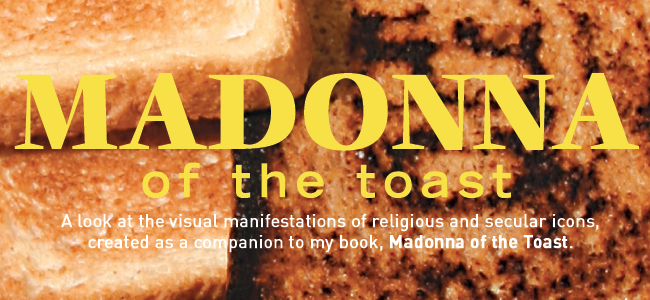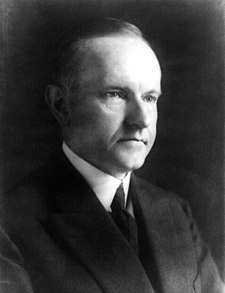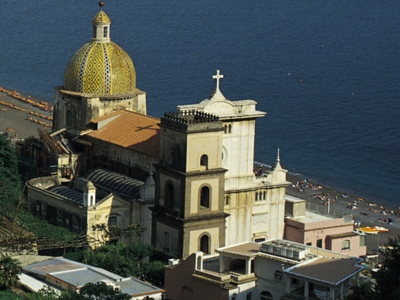This story has it all: a giant corporation, deep faith, small-town America, a cell phone camera, an aspiring writer, questionable reporting.
John Wasendorf might just remind people that Lone Tree, Iowa (A TREEmendous place to live), is on the map, thanks to this Wal-Mart Virgin Mary/face of Jesus plastic bag. After returning home from shopping, according to this Press-Citizen report, Wasendorf put away the groceries and then tossed the bag. This was on April 13. The article reports: “Two days later, while resting on his couch, Wasendorf looked over at the bag and saw the religious figures.”
The article continues:
He said the house was warm the day he went shopping, so he opened the blinds. He said that the sunlight coming in though the windows helped create the image. He believes on the right it is almost the head-to-toe image of the Virgin Mary. To the left, he sees the face of Jesus.
Does this confuse you, too? If Wasendorf discovered the image two days after he went shopping, what does the weather on the day he went shopping matter?
Stranger still, the fact that the bag’s shape made such an impact on Wasendorf that he took the time to snap the photo with his cell phone, but then lost track of the bag: “The picture is all that remains. Wasendorf said he doesn’t really remember what happened to the bag, but guesses he or a friend ‘must have picked it up and thrown it away.’”
Wasendorf claims that visions have come to him since he was young. When he was 4-years-old, a Jesus statue spoke to him after his grandmother had taken him to a hospital chapel to pray for his mother, who was about to have gallbladder surgery. His dreams also are rife with religious symbolism, from figures dressed in white to a scroll with a poem written with gold lettering. Wasendorf also makes it a point to mention that he has been on the wagon since 1979.
According to the article, the photograph of the bag was shown to hundreds of people before it was shared with the media. Some people thought it was a plastic statue, others thought it had to have been manipulated by Wasendorf and some saw the figures.
Because his life has been filled with sights and visions that not everyone else can see, Wasendorf wants to write a book. Never one to thwart the dreams of others, I say, Write on, John, write on. As you engage the process, however, come up with a better story for what happened to the bag.










